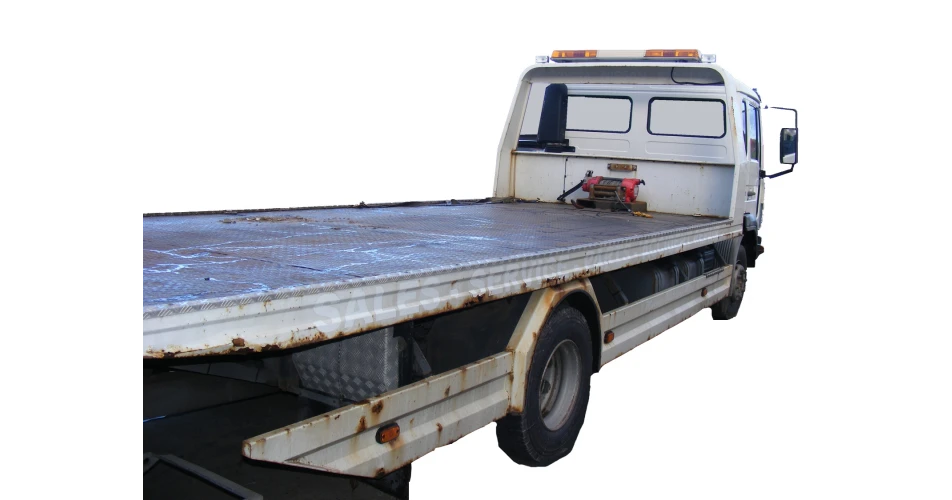A recent upsurge in queries from throughout Ireland, about the minimum requirements for recovery vehicles, has led the Irish Recovery Network (IRN) to compile a definitive overview on staying road legal with your recovery vehicle. Obviously you must meet your standard vehicular requirements, but what other obligations do you have?
In regards to the use of “Recovery ” type vehicles, including slide-beds, beavertails and under-lift’s, or any other vehicle modified to transport another vehicle, regardless of the drivability of said vehicle, taking the above terms to mean vehicle’s which are fit for purpose under the accepted interpretation of the terms, the minimum legal obligation of the vehicle operator are;
In N.I. in accordance with the Lifting Operations & Lifting Equipment regulations (NI) 1999, and in the ROI the Safety & Health at Work (General Applications) Regulations 2007, a vehicle which is classified as a Recovery Vehicle must meet the following minimum requirements:
- The manufacturer must issue proof load certification for all winches and lifting equipment to meet CE regulations.
- The manufacturer must mark on the vehicle the capacity (Safe Working Load or Working Load Limit) of the winch, spectacle frame, lorry loader crane, under-lift or over-boom. This must be marked clearly on a vertical surface in numbers / letters which are easily read.
- Every vehicle must be fitted with an Emergency STOP for all lifting equipment including the winch.
- The vehicle must be examined every 12 months by a competent person if it is purely a lift and tow vehicle.
- If the vehicle has a lifting boom or is fitted with a lorry loader crane the lifting accessories such as strops, chains, shackles and lifting frames must be inspected every 6 months.
This is a minimum standard, other requirements or restrictions might be required in respect to individual circumstances.
Under the above noted regulations and in-line with European law, any vehicle found to be operating in breach of these regulations, is operating illegally and the owner may be liable to prosecution. If at any stage an un-certified vehicle is involved in an accident (including on private property) etc, the operator, owner, retailer and manufacturer are liable for the provision, facilitation and use of a vehicle unfit for purpose.
Any vehicle purchased without the relevant certification MUST be inspected and certified before use.
Any insurance on a recovery vehicle must be consistent with the specific usage (recovery/salvage/transport/customers property) as well as having public liability and employer’s liability. It may be the case that insurance will be deemed to be invalid if the vehicle does not have the appropriate certification as is required by legislation.
This information has been compiled by the IRN in conjunction with RIES Europe.
